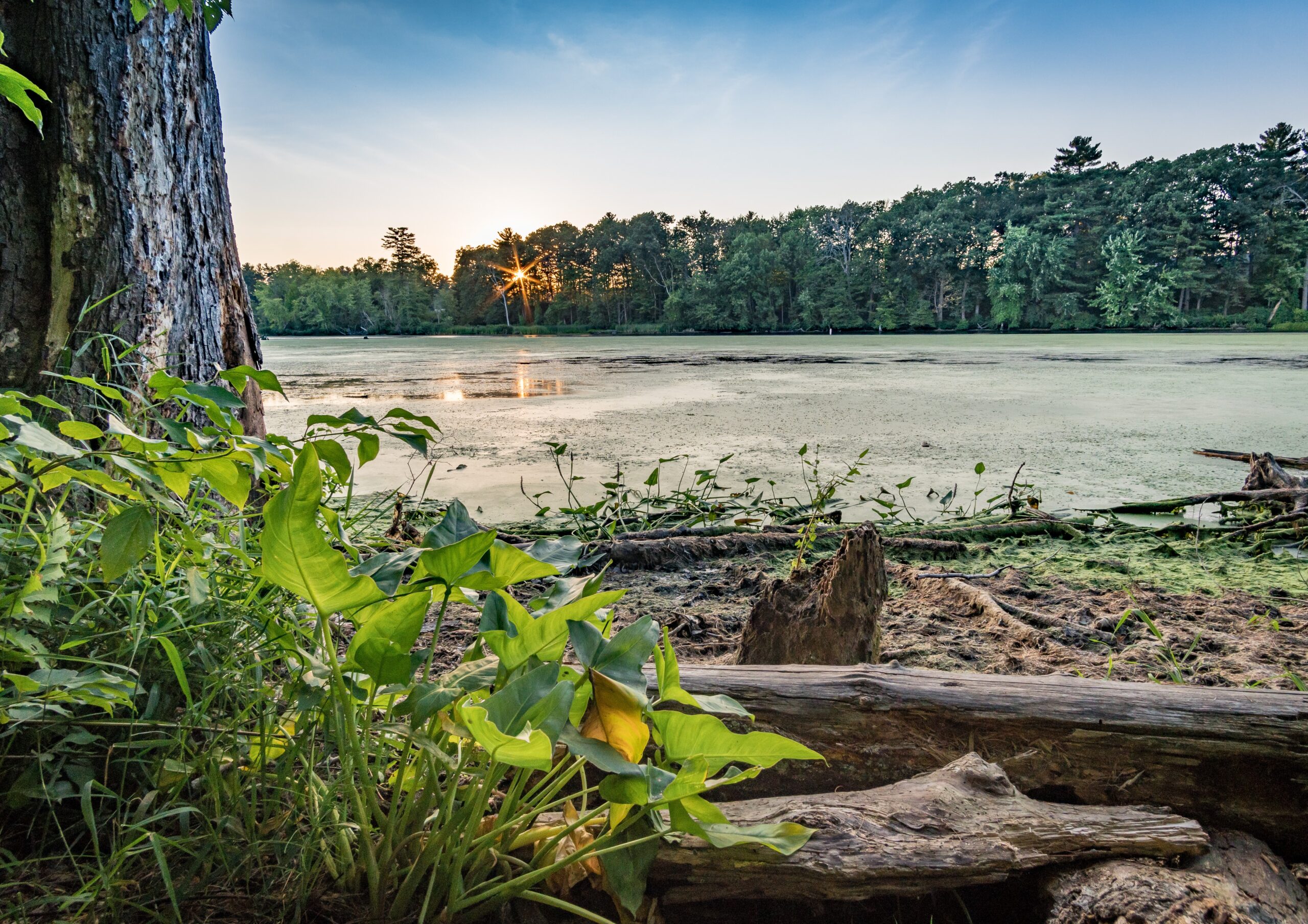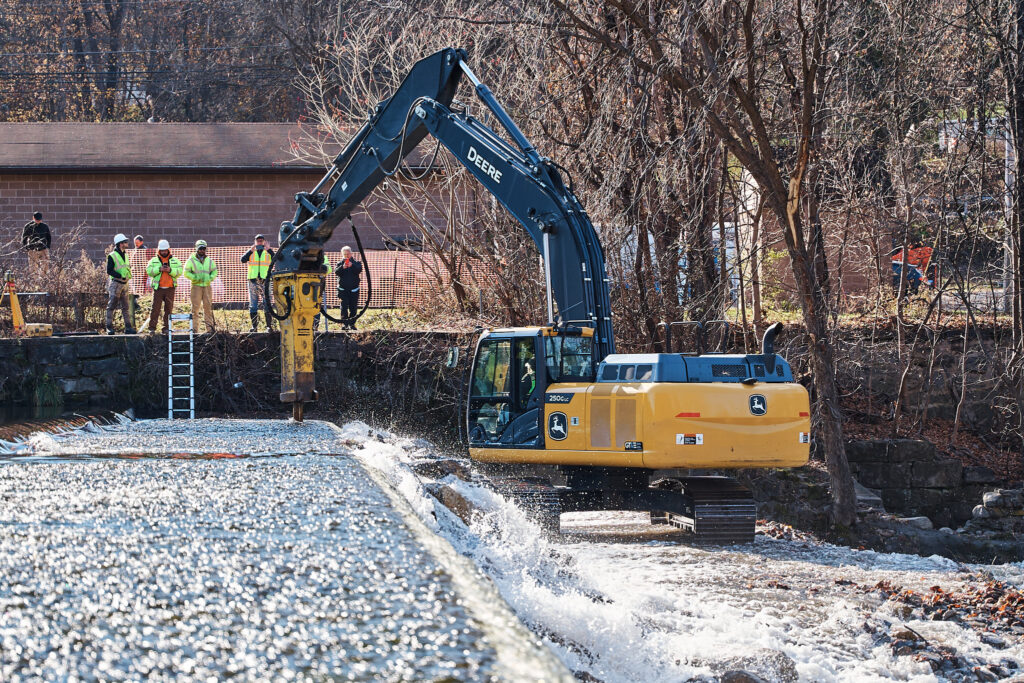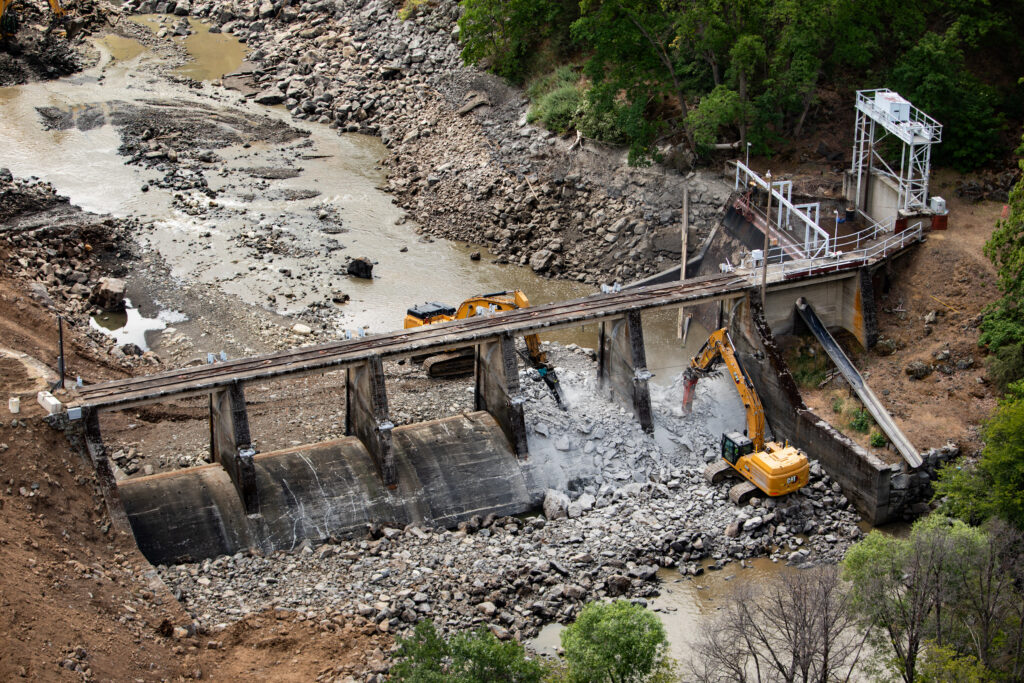Key ways to help free rivers in 2022
What the science says about free-flowing rivers — and why this year could be a turning point.

Rivers that are unimpeded by dams or diversions are the basis of life in our country. They allow water levels to fluctuate, naturally sustaining healthy habitats and reducing the likelihood that floods will inundate homes and property. Free-flowing rivers also nourish soil, filter out pollutants and support indigenous cultures that rely on fish and wildlife, like salmon, that can thrive only in intact river systems.
As our country urgently searches for tactics to avoid the worst of climate change, tackle the accelerating loss of nature, and address prolonged racial injustice, free rivers will be critical. And 2022 could be a pivotal year. Here are some of our key priorities for free-flowing rivers this year.
Protect 6,700 miles of healthy streams
It costs millions of dollars, takes decades of work and requires complicated technical know-how to transform a polluted or dammed river into a clean, free-flowing one. Meanwhile, protecting a river and its beauty, water quality and cultural values before it is damaged is far easier — and a lot less costly. If successfully defended, the benefits last forever: Undisturbed streams and wetlands require little to no human management or interference to provide clean sources of freshwater and habitat.
Winning a Wild and Scenic designation is one of our best tools for defending a river that still flows freely. Like the National Park System, the Wild and Scenic Rivers System makes our healthiest, most astonishingly beautiful, most ecologically significant rivers — and the land alongside them — permanently off-limits to dams or activities that would negatively affect the river.
If Congress passes and President Biden signs every piece of current introduced Wild and Scenic legislation to protect rivers, approximately 6,700 new miles of rivers would be permanently off limits to future mining, development and dams.
- 4,700 miles in Oregon: The River Democracy Act would expand recreation access and boost local economies, protect drinking water, reduce wildfire threats, and sustain endangered fish and wildlife.
- 450 miles in New Mexico: The M.H. Dutch Salmon Greater Gila Wild and Scenic River Act would protect nearly 450 miles of the Gila and San Francisco rivers and their tributaries.
- Doubling protection in Montana: The Montana Headwaters Legacy Act would protect nearly 387 miles of rivers, including sections of the Madison, Gallatin, Yellowstone and Smith.
- 26,500 pristine acres in Washington: The Wild Olympics Wilderness and Wild and Scenic Rivers Act would protect 464 river miles flowing out of Olympic National Park, such as the cerulean-blue Elwha and Hoh.
American Rivers has played a role in nearly every U.S. river mile protected as Wild and Scenic since 1973. Together with grassroots partners, individuals and businesses, we will work to ensure key Wild and Scenic bills get across the finish line.

Remove old, unsafe dams
While we can’t create new rivers, we can improve the health of rivers that have been damaged. Taking down a dam is the fastest way to revive a river. In fact, a river starts coming back to life almost immediately after a dam is breached. Migratory fish return within just a couple of years, and the entire water system benefits: Allowing water to flow restores clean water for wildlife and communities, creates opportunities for recreation, and saves taxpayer money on expensive structural repairs.
For more than 20 years, American Rivers has restored rivers by removing outdated and unsafe dams. We have also spearheaded the removal of 200 dams and restored more than 1,040 miles of free-flowing river — equal to the distance between New York and St. Louis.
But making a dent in the 90,000 dams that still block our rivers is more than any single organization can do on its own. That is why we need a national river restoration movement to pick up the pace on a much larger scale. Here are two priorities that American Rivers will continue to advance throughout 2022:
- Pass the 21st Century Dams Act: Congress needs to take additional urgent steps to protect clean water and rivers nationwide. It must pass the bipartisan 21st Century Dams Act, which dedicates $25.8 billion to the removal, rehabilitation and retrofit of dams, including $7.5 billion to support removal of 1,000 dams to restore 10,000 miles of rivers.
- Snake River Vision: Millions of wild salmon and steelhead ran the Snake — the largest tributary of the Columbia River — prior to the construction of four federal dams on the lower Snake in Washington. Today, salmon populations have crashed, threatening 130 other wildlife species and imperiling traditional livelihoods and cultures across the Pacific Northwest. American Rivers is supporting efforts led by the Nimiipuu (Nez Perce) and other Native American tribes to remove the four lower Snake dams and restore the healthy salmon runs.
MOVING FORWARD —TOGETHER
The river movement can take pride in the rivers we’ve saved. But our work is just beginning. Less than 1 percent of our 3 million river miles are safe from dams and development, and 90,000 dams still choke our nation’s rivers. Meanwhile, freshwater habitats that are still healthy will be critically important as climate change stresses our rivers with higher temperatures, drought and flooding. We know what needs to happen: We need to remove unnecessary dams and protect our remaining pristine rivers. We need to work alongside frontline groups and partners and in coalitions that drive policy change. And we need to inspire people to imagine a better future for their communities and the rivers they love. We can save our free-flowing rivers if we act now — and do it together.



